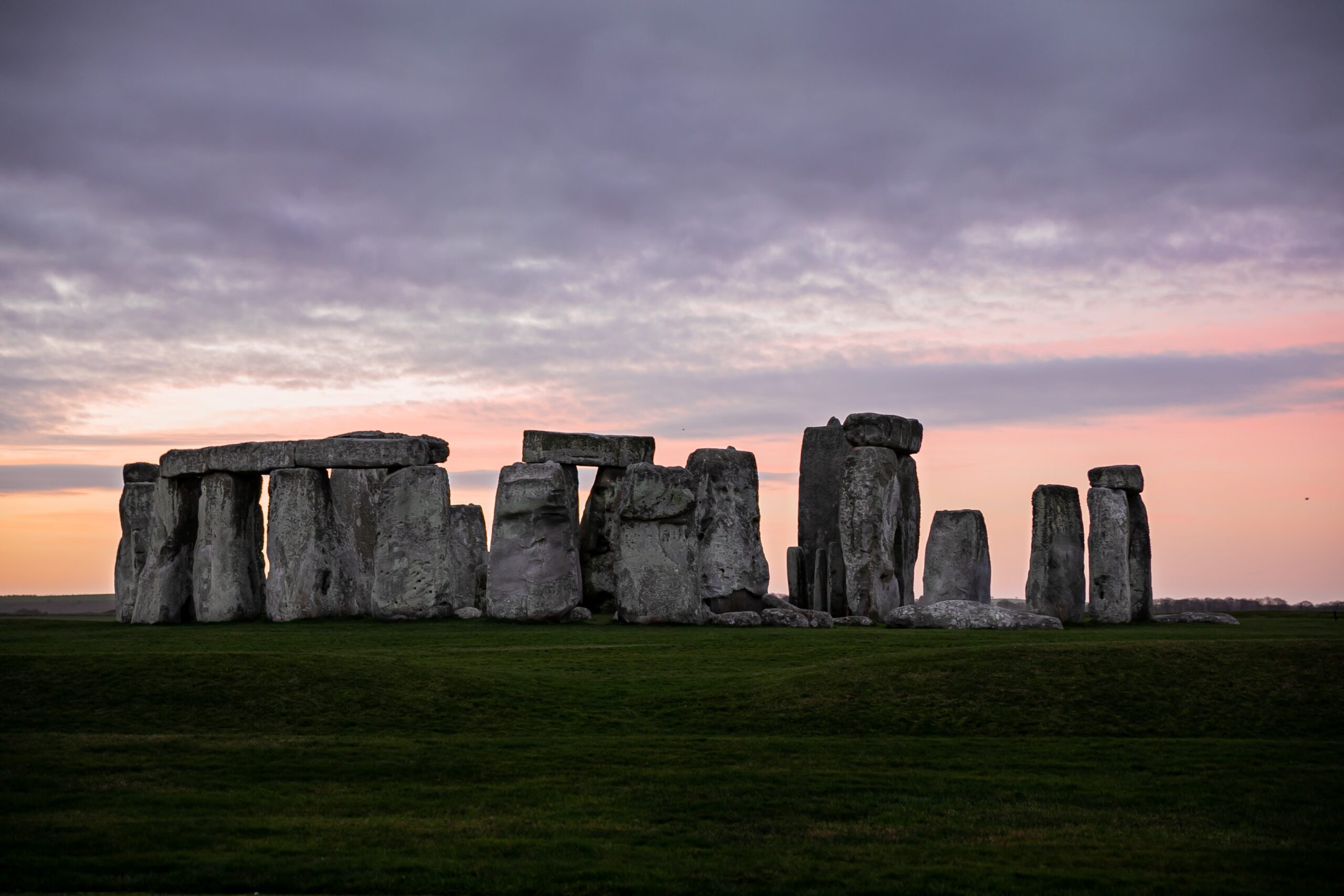New Discovery: Parts of Stonehenge Used To Be Somewhere Else
An ancient legend about the stone circle may actually be true

Stonehenge is a remarkable and fascinating site. Archeologists continue to discover new structures and features of the neolithic monument, but we still don’t know for sure why or how the circle was created. But a new discovery suggests something amazing: the site on Salisbury plain where Stonehenge sits wasn’t the original location of the circle and in fact, an ancient story about Stonehenge’s origin may be more accurate than we thought.
There’s more to Stonehenge than the circle of standing stones that are so iconic. In fact, there was an entire complex of structures, avenues, circles, and even settlements around and near Stonehenge that date eight to ten thousand years, to around 8,500 to 7,000 BCE. That’s incredible just on its own, as is a recent discovery of a massive circle bounding the entire complex. We don’t know exact dates and the full purpose of things, but we do know this was an incredibly important place that was modified and built up over thousands and thousands of years.
The stones of Stonehenge were not erected until somewhere around 3,000 to 2,500 BCE. The stones themselves are very distinctive and have fascinated researchers for centuries because that kind of stone isn’t found locally. There are two types of stones in the circle, the large sarsens and the smaller “blue stones” that form a circle and horseshoe shape within the large sarsen circle. The Sarsens were recently traced to near Marbolorugh, about forty miles from Stonehenge. And we’ve known for a while that the smalled blue stones came all the way from Wales, 200 miles away.
But what we didn’t know for sure until now is that while they were in Wales, the bluestones were already assembled into a circle that matches their alignment and placement at Stonehenge. That means that Stonehenge or at least part of it was moved from its original site to Salisbury plain and that’s just amazing.
Here’s where myth comes in. In the 12th century, historian Geoffrey of Monmouth posited as part of his version of the legend of King Arthur that king Aurelius Ambrosius wanted to create a monument for 300 slain soldiers so he decided to move a giant circle of stones, called the Giant’s Dance from Ireland to Britan, only the stones were so big he need Merlin’s help to do this by magic. Now, moving stones from Ireland to England isn’t that far from moving them from Wales to England … and it’s even more convincing when you consider the part of Wales we’re talking about was Irish territory back in the day.
The discovery of the original site is very exciting, and very convincing too. Not only does the alignment of the circle that archeologists have found match the summer and winter solstices, like Stonehenge, the holes where the bluestones were buried match as well. This includes one hole for a stone with a very “unusual cross-section” that fits, like a key in a lock according to the archeologists.
Speaking to The Guardian, Mike Parker Pearson, a professor of British later prehistory at University College London said “I’ve been researching Stonehenge for 20 years now and this really is the most exciting thing we’ve ever found.” In reference to Monmouth’s story, Parker Pearson is about as giddy as a British professor of prehistory can get. “My word, it’s tempting to believe it … We may well have just found what Geoffrey called the Giants’ Dance.”
We know that this Welsh circle, only a few miles from where the stones were quarried, was built around 3,300 BCE. And here’s a fun thing: we know this thanks to radiocarbon dating from hazelnut shells found in the quarry. Yes. Remnants of a neolithic snack tell us that the Giant’s Dance monument was there for centuries before it was moved.
This gives us yet another clue to the neolithic history of Britain and helps us understand the timeline of Stonehenge. As I noted, the site of Stonehenge was built up for years, most likely as a sacred space and locus of spiritual and ceremonial life for the Britons. One of the greatest mysteries of Stonehenge has been why there were rocks from there 200 miles away, and the fact that the bluestones were already a monument for centuries prior to being moved to Stonehenge may be a clue.
Maybe these were sacred sites that were connected. Maybe this was an act of conquest. Maybe there was a catastrophe that necessitated the moving of the circle to where it stands today. And maybe the larger Sarsens were erected after the bluestone monument was moved. We don’t know for sure but this discovery gives us more to go on and a tantalizing clue to this centuries-old mystery.
(image: Pexels, via: The Guardian)
Want more stories like this? Become a subscriber and support the site!
—The Mary Sue has a strict comment policy that forbids, but is not limited to, personal insults toward anyone, hate speech, and trolling.—
Have a tip we should know? tips@themarysue.com